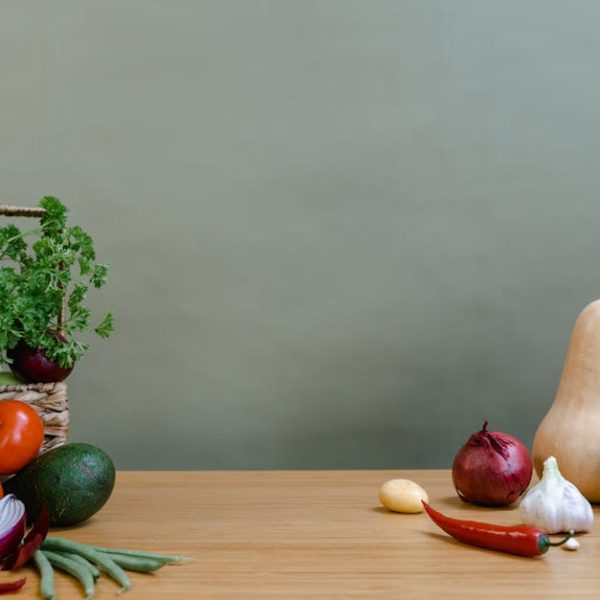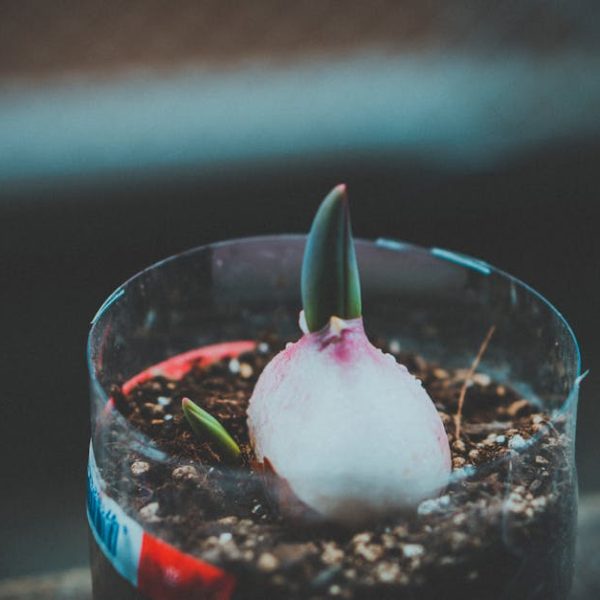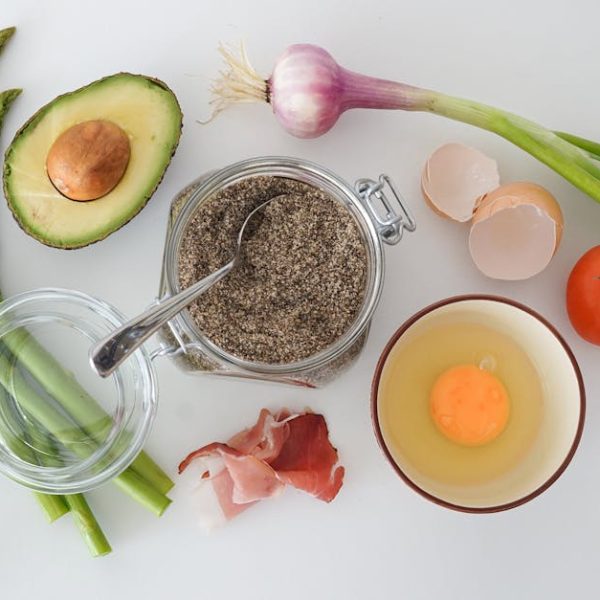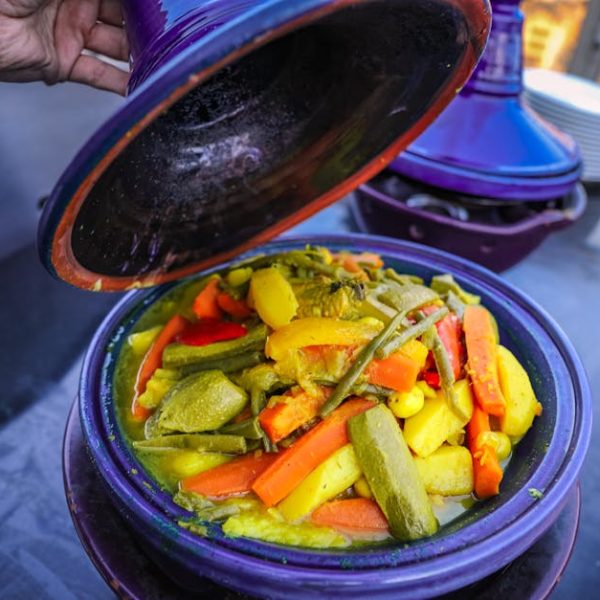If you’ve ever found yourself perplexed while differentiating between mustard and collard greens, you’re not alone. Commendably resilient in nature and incredibly nutrient-dense, both mustard and collard greens have managed to carve out their unique niches in global cuisine. However, each brings a unique set of characteristics to the table, from their distinct flavour profiles and nutritional values to their cultural usage and cooking techniques.
Overview and Basic Definition of Greens
Let’s start by deciphering the term greens. Broadly, it represents a variety of leafy vegetables that hold high positions in diverse culinary practices worldwide due to their impeccable nutritive profiles. Think kale, spinach, chard and of course, the protagonists of our discussion – mustard and collard greens. These are greens that are rich in nutrients like fiber, calcium, and Vitamins A, C, and K. And their usage in culinary practices is not a recent trend. These greens were consumed by our ancestors and have been passed down generations due to their myriad health benefits.
Some popular green leafy vegetables include:
- Spinach
- Kale
- Swiss Chard
- Broccoli
- Brussels Sprouts
- Bok Choy
Understanding Mustard Greens
Mustard greens, typically harvested from the mustard plant, are known for their peppery kick and lightly bitter taste. This is the green that can add just the right punch to your salad or stir-fry. Nutritionally, mustard greens are powerhouses, packed with high levels of Vitamins A and K, iron, and calcium.
In the culinary world, mustard greens complement robust proteins and tangy vinaigrettes perfectly. Suppose you’re planning on adding mustard greens to your culinary repertoire, look for bright green, crisp leaves free of blemishes or yellow spots in your local grocery or farmer’s market. As for storage, keeping them loosely packed in a plastic bag in the crisper drawer of your refrigerator should suffice.
Here are a few dishes where mustard greens shine:
- Stir-fried Mustard Greens
- Mustard Greens Soup
- Mustard Greens with Lentils
Understanding Collard Greens
Moving on to collard greens, these are noticeably different in taste, featuring a strong, hearty, and slightly bitter flavor. Nutritionally, collard greens share similar properties with mustard greens, boasting high amounts of Vitamins A and K, fiber, and calcium.
In terms of preparation, one iconic recipe featuring collard greens is the classic Southern-style collard greens where these leafy greens are slow-cooked with bacon or ham hock. Just remember, when purchasing, opt for collard greens with firm, deep green leaves, and store them just as you would mustard greens, in a cool, dry place.
Here are some delicious dishes featuring collard greens:
- Classic Collard Greens
- Collard Green Rolls
- Collard Greens Stir Fry.
Stay tuned for exploring the differences between mustard greens and collard greens, and how to best incorporate them into your everyday meals.
Key Differences: Mustard Greens vs. Collard Greens
Although mustard and collard greens might appear similar, there are differences worth noting. Mustard greens typically have a much more ruffled appearance, ranging in color from light to dark green. With a distinctive peppery kick, they usually lend a punchier, bold flavor to recipes. Collard green leaves, on the other hand, are typically smoother and darker and have a hearty, cabbage-like taste.
One fundamental difference is the cultural recognition and usage of these greens. While mustard greens are notable in many South and East Asian dishes, collard greens hold enormous cultural significance in traditional Southern American cooking.
Nutritionally, both these greens hold their own well. They are both rich in Vitamins A and K and fiber. However, mustard greens are slightly superior regarding calcium and iron content, while collard greens have a slight upper hand in terms of Vitamin C and E content.
We’ve compiled some tips for those who are interested in substituting one vegetable for the other:
If you’re out of mustard greens, collard greens can be decent substitutes if you can adjust the recipe’s spices and seasonings to compensate for the milder taste.
If you’re replacing collard greens with mustard greens, brace yourself for a much spicier, bolder flavor.
Here is a comparative view of mustard and collard greens:
| Attributes | Mustard Greens | Collard Greens |
|---|---|---|
| Appearance | Ruffled, light to dark green leaves | Smooth, darker green leaves |
| Taste | Peppery, bold flavor | Hearty, cabbage-like taste |
| Cultural Usage | Common in South and East Asian dishes | Staple in Southern American cuisine |
| Nutritional Values (for 1 cup) | 175% DV for Vitamin A, 524% DV for Vitamin K, 10% DV calcium and iron | 65% DV for Vitamin A, 895% DV for Vitamin K, 9% DV calcium, and 2% DV iron |
How to Incorporate Greens into Your Diet
Switching to a more plant-based diet, or simply incorporating more green vegetables into your diet, is a guaranteed way to boost your nutrient intake. There are countless creative ways to add mustard and collard greens to your meals, be it breakfast, lunch, dinner, or even a snack.
Here are some best practices:
- Incorporate greens in your sandwich, wrap, or pizza.
- Sauté greens with garlic and olive oil for a quick and nutritious side dish.
- Add greens to your soups, stews, or curries for an added nutritional punch.
Dishes that you might enjoy exploring:
- Vegan Collard Greens Soup
- Stuffed Mustard Greens Rolls
- Grilled Cheese with Mustard Greens.
Leafy green vegetables should be a key part of everyone’s diet. They’re versatile, nutritious, and delicious when cooked right. The next time you’re at your local grocery store or farmer’s market, consider grabbing a bunch of collard or mustard greens and treat yourself to a wholesome, leafy green meal.
Key Takeaway:
- Mustard and collard greens are nutrient-rich leafy vegetables with unique flavour profiles and culinary usage.
- Mustard greens have a peppery kick and are popular in South and East Asian cuisines, whereas collard greens have a hearty, cabbage-like taste and are significant in Southern American cooking.
- Both greens are high in Vitamins A and K, while mustard greens excel in calcium and iron content and collard greens in Vitamin C and E content.
- Incorporating these greens in your diet can be achieved through sandwiches, wraps, sautés, soups, and other versatile dishes.
A diet enriched with green leafy vegetables like mustard and collard greens is remarkably advantageous for health, providing a bounty of essential nutrients. As we delve into the nuances of these two greens, remember that despite their differences, both can be deliciously incorporated into various recipes. So, embrace their uniqueness and enjoy the varied palates they bring to your meals.
FAQs
Q: How long can I store fresh mustard and collard greens?
A: Both mustard and collard greens can be stored in the refrigerator for about a week. Keep them loosely packed in a plastic bag in the crisper drawer for best results.
Q: Can I use mustard greens instead of collard greens in all recipes?
A: While they can be used interchangeably in many dishes due to their similar texture, it is essential to consider their different taste profiles. Mustard greens are spicier, so adjust other flavours in the dish accordingly.
Q: Are mustard and collard greens good for weight loss?
A: Indeed, both these greens are low in calories and high in fibre, making them an excellent choice for those seeking to manage their weight while maintaining a nutrient-rich diet.
Q: Can I eat mustard and collard greens raw?
A: Yes, both greens can be eaten raw, although they’re more commonly cooked. Mustard greens can be a spicy addition to salads, while tender collard greens can be used in wraps.
Q: Where can I buy mustard and collard greens?
A: Mustard and collard greens can be found in most grocery stores, farmer’s markets, or health food stores, depending on the season.
If you found this article helpful, please feel free to share it and explore more posts on our website. Enjoy your culinary journey with these nutrient-dense greens!






